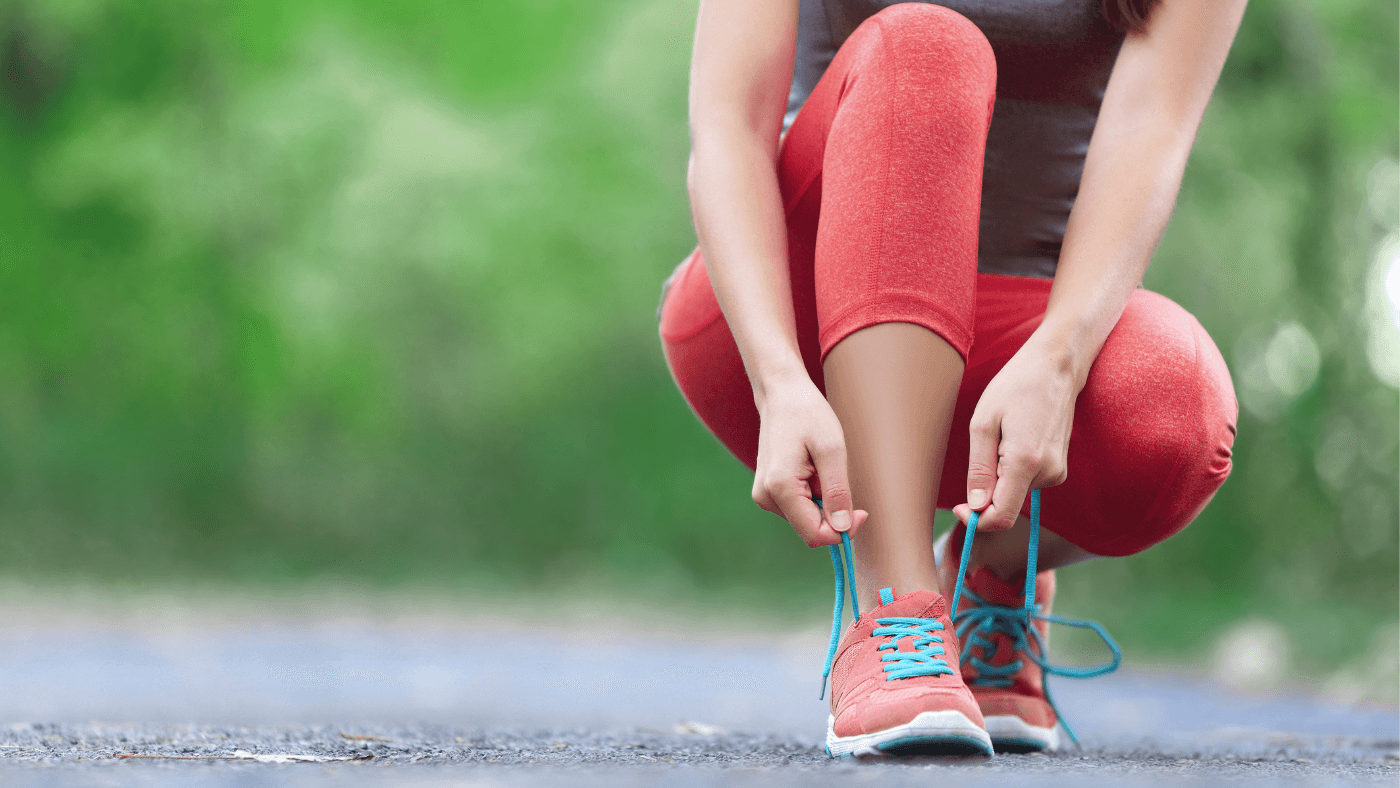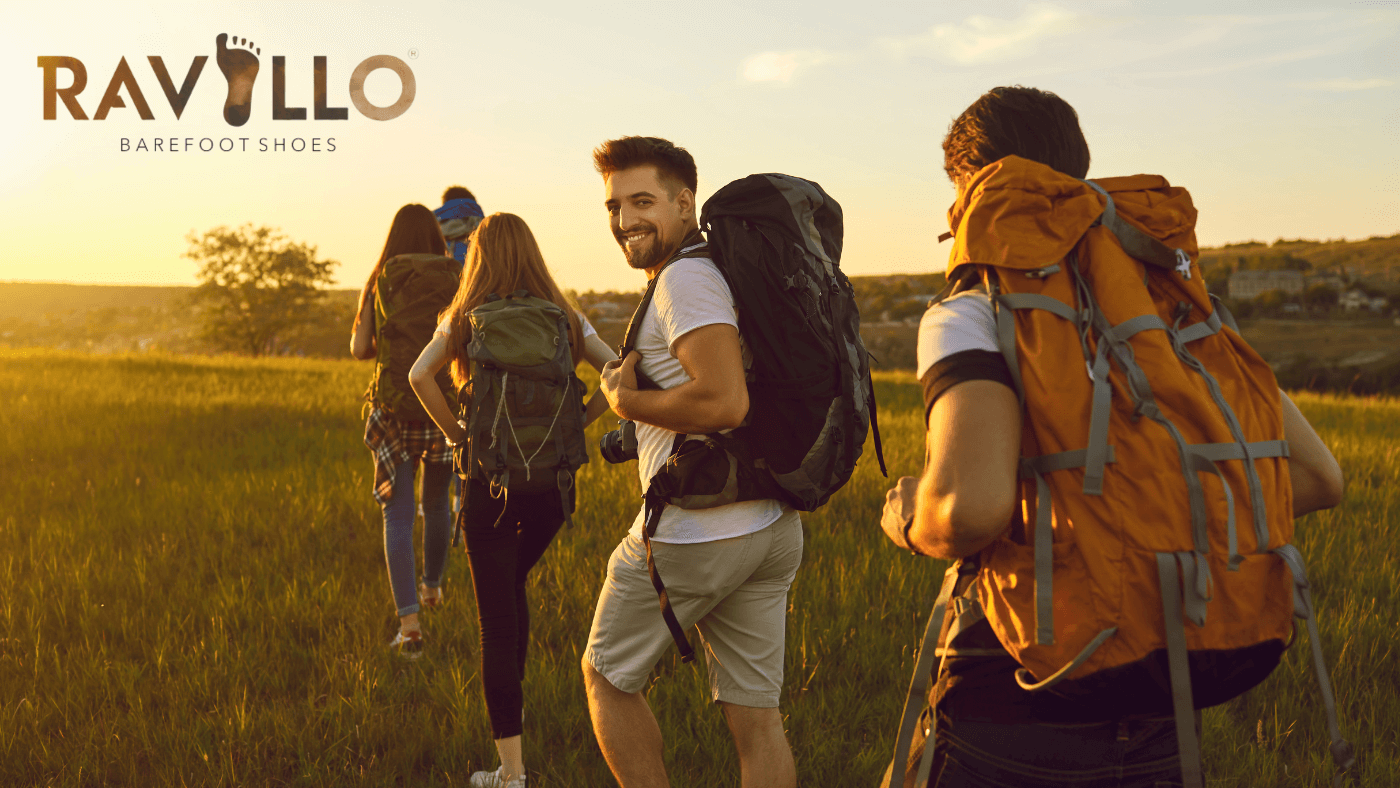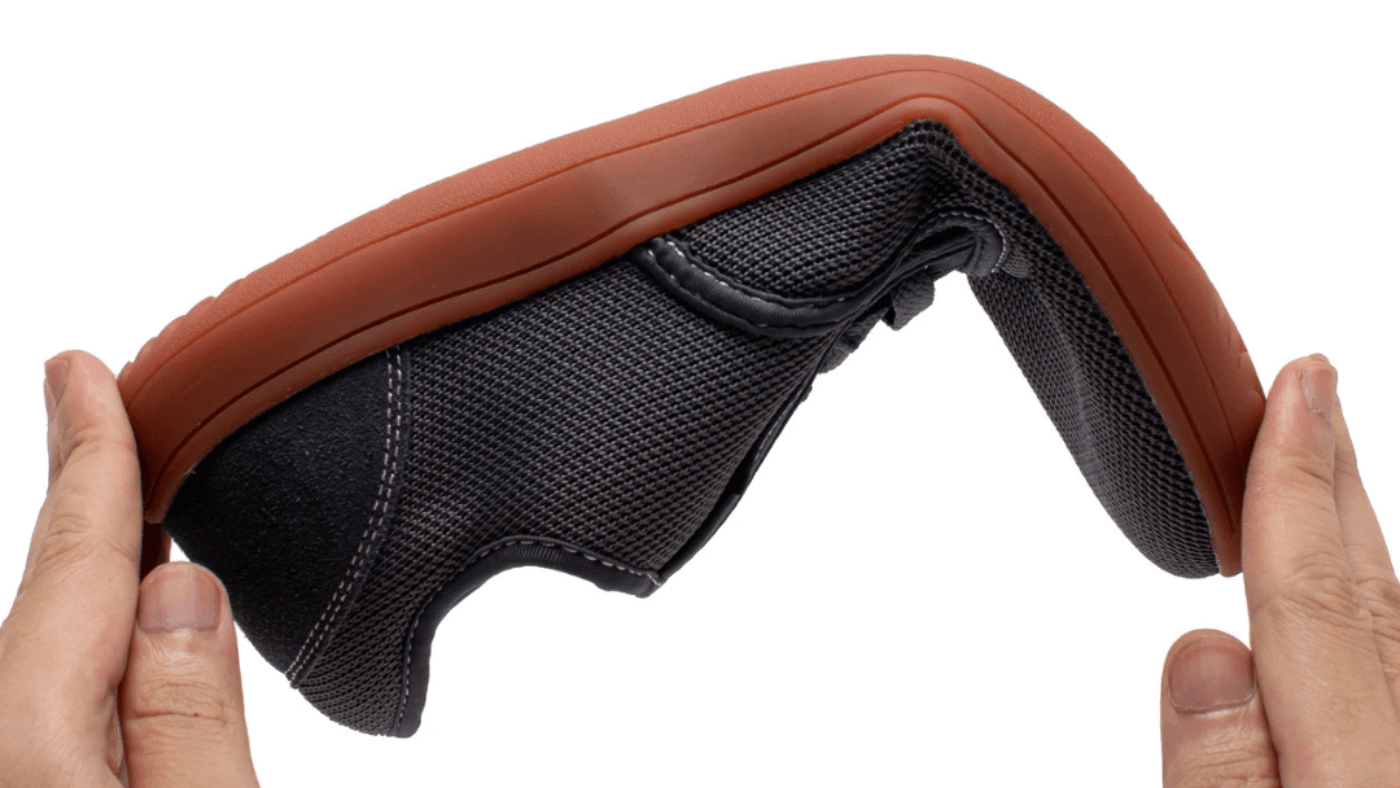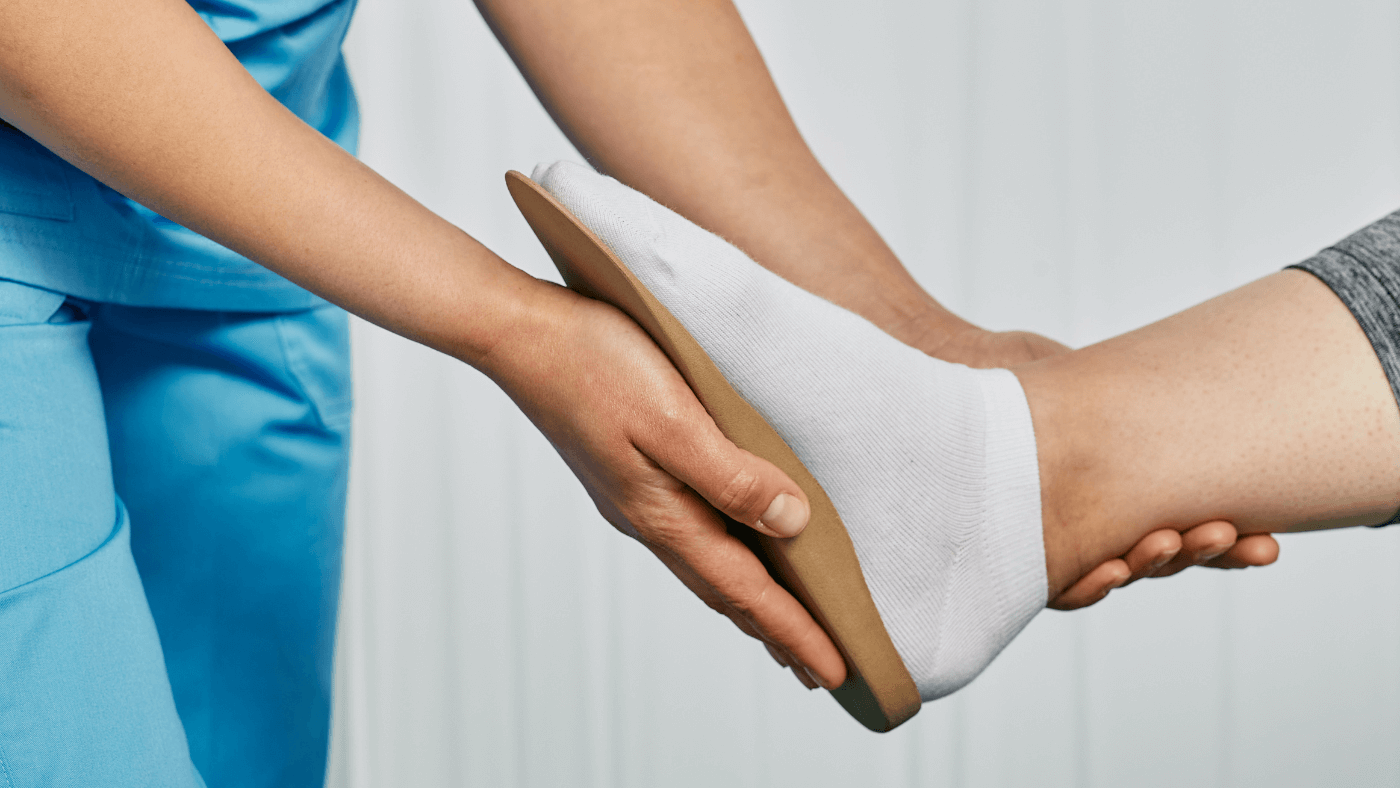Why Switching to Barefoot Shoes is the Best Decision You'll Make
Switching to barefoot shoes could be the game-changing decision your feet have been waiting for. Unlike traditional shoes that often restrict natural movement, these are designed to mimic the feeling of walking barefoot while still offering protection and support. This minimalist approach promotes better posture, enhances balance, and provides a more comfortable walking experience. In this blog post, we'll dive into the myriad benefits of barefoot shoes, explore the science behind their design, and help you understand why making the switch could be the best thing you do for your feet this year.
The Rise of Barefoot Shoes
Historical Background
The concept of barefoot shoes is not new; it has roots in ancient civilizations. Early humans and indigenous tribes across the world walked barefoot or wore simple footwear like sandals or moccasins made from natural materials. These primitive shoes offered protection while allowing the feet to move naturally. Fast forward to the 1960s, and the running world began to take notice of athletes who performed better without heavy, cushioned shoes. This led to a growing interest in minimalist footwear. In the early 2000s, the barefoot running movement gained momentum, driven by books like "Born to Run" by Christopher McDougall. This resurgence highlighted the benefits of barefoot-style walking and running, prompting modern brands to develop shoes that emulate the barefoot experience while providing necessary protection. Today, minimalist shoes are a popular choice for those seeking a more natural and healthier way to move.
Modern Trends
In recent years, the popularity of barefoot shoes has surged, driven by a growing awareness of their health benefits and an increasing focus on natural living. Athletes, fitness enthusiasts, and even everyday walkers are turning to minimalist shoes for their superior comfort and ergonomic benefits. Technological advancements have allowed manufacturers to create shoes that offer the perfect balance of protection and natural movement. Brands now offer a variety of styles, from casual wear to specialized running and hiking shoes, catering to different needs and preferences. Additionally, the rise of social media and online communities has helped spread the word about the advantages of barefoot footwear, making it easier for newcomers to learn and make informed choices. As people become more conscious of their overall well-being, the trend towards minimalist, barefoot-friendly footwear continues to grow, signaling a shift in how we approach foot health.
Influential Brands
Several brands have been instrumental in popularizing barefoot shoes, each bringing unique innovations to the market. Vibram FiveFingers is one of the pioneers, known for their distinctive toe shoes that closely mimic the natural shape and function of the foot. Another key player, Merrell, has developed a range of minimalist footwear that combines durability with comfort, making them a favorite among outdoor enthusiasts. Vivobarefoot offers a wide selection of stylish and eco-friendly barefoot shoes, emphasizing sustainability in their design and materials. Xero Shoes, with their lightweight and flexible designs, cater to both runners and casual users who seek a more natural walking experience. These influential brands have not only expanded the market for minimalist shoes but also educated consumers about the numerous benefits of adopting minimalist footwear. Their continued innovation and commitment to quality have solidified their positions as leaders in the minimalist shoe movement.
Health Benefits of Barefoot Shoes
Improved Foot Strength
One of the key benefits of barefoot shoes is the improvement in foot strength. Traditional shoes often come with thick soles and arch support that can weaken the muscles in your feet over time. In contrast, minimalist shoes encourage the natural movement of the foot, engaging muscles that are typically underutilized. As a result, wearing these shoes helps to build stronger foot muscles, which can lead to better stability and reduced risk of injury. Additionally, the increased muscle activity can improve overall foot health and function, providing long-term benefits. By allowing your feet to move as they were naturally designed to, minimalist shoes can help correct imbalances and promote a healthier gait. This focus on natural movement and muscle engagement is a significant factor in why many people experience less discomfort and greater foot resilience when they make the switch to minimalist shoes.
Enhanced Balance and Posture
Minimalist shoes play a significant role in enhancing balance and posture. Traditional shoes often come with elevated heels and thick soles that can alter your natural alignment, leading to poor posture and balance issues. Minimalist shoes, with their flat and flexible design, allow your feet to interact directly with the ground. This promotes a more natural stance and encourages better alignment of the spine and lower body. Enhanced sensory feedback from the ground helps you make micro-adjustments, improving your balance. Over time, this can lead to a more stable and confident gait. Additionally, the improved posture reduces strain on the back and joints, minimizing discomfort and the risk of injury. By fostering a more natural walking and standing position, minimalist shoes contribute to overall better biomechanics, making them a valuable addition to your footwear collection for both daily activities and athletic pursuits.
Reduced Injury Risk
Switching to minimalist shoes can significantly reduce the risk of injury. Traditional footwear often restricts natural foot movement and can lead to issues such as plantar fasciitis, shin splints, and knee pain. Minimalist shoes, on the other hand, promote a more natural gait by allowing your feet to move freely and engage muscles that are usually neglected. This can help in correcting biomechanical imbalances and distributing pressure more evenly across the foot. Furthermore, the increased proprioception—or awareness of foot placement—helps in avoiding missteps and falls, reducing the chances of acute injuries. Over time, wearing minimalist shoes can lead to stronger, more resilient feet and ankles, which are better equipped to handle the stresses of daily activities and physical exertion. By encouraging a healthier, more natural way of moving, minimalist shoes make it easier to stay active and injury-free.
Choosing the Right Barefoot Shoes
Key Features to Look For
When selecting the right minimalist shoes, there are several key features to consider. First, look for a wide toe box that allows your toes to spread naturally, promoting better balance and comfort. Flexibility is another crucial factor; the shoe should bend easily with your foot, ensuring a natural range of motion. A zero-drop sole, meaning the heel and forefoot are at the same level, helps maintain proper posture and alignment. Thin soles are also important as they provide ground feedback without compromising protection. Additionally, lightweight materials can enhance the barefoot experience by reducing unnecessary bulk. Breathability is another essential feature, especially if you plan to wear the shoes for extended periods or during physical activities. Finally, consider the durability and grip of the sole, particularly if you intend to use the shoes for outdoor activities. By focusing on these features, you can find minimalist shoes that best suit your needs and lifestyle.
Popular Models
Several popular models stand out in the minimalist shoe market, each offering unique benefits. The Vibram FiveFingers series is iconic, known for its individual toe pockets that provide a glove-like fit, enhancing balance and ground feel. Merrell’s Vapor Glove line is another favorite, offering a minimalist design with excellent flexibility and a snug fit. Vivobarefoot's Primus Lite is prized for its lightweight, breathable materials and wide toe box, making it ideal for both casual wear and athletic activities. Xero Shoes’ Prio model is a versatile option, featuring a zero-drop sole and adjustable straps for a custom fit. For those looking for a more rugged option, the Lems Boulder Boot offers a barefoot experience with added durability and protection, perfect for hiking and outdoor adventures. Each of these models exemplifies the core principles of minimalist footwear, providing various options to suit different preferences and activities.
Budget-Friendly Options
If you're looking to try minimalist shoes without breaking the bank, several budget-friendly options offer excellent value. The WHITIN Minimalist Trail Runner is a popular choice, featuring a wide toe box and flexible sole at an affordable price. Another cost-effective option is the Saguaro Unisex Barefoot Shoe, which provides good ground feedback and comfort for casual wear and light activities. Xero Shoes also offers the HFS model, combining durability and minimalist design at a mid-range price point. For those new to minimalist shoes, the TSLA Trail Running Shoe is an accessible entry-level option that doesn’t compromise much on essential features. These budget-friendly models allow you to experience the benefits of minimalist footwear without a significant financial investment. While they may not have all the premium features of higher-end brands, they still promote natural foot movement and provide a comfortable, minimalistic experience.
Transitioning to Barefoot Shoes
Gradual Adjustment Tips
Transitioning to minimalist shoes can come with its set of challenges. One common issue is initial discomfort, as your feet and leg muscles adapt to the new style of footwear. This discomfort can manifest as soreness or fatigue, especially if you've been wearing traditional shoes for a long time. Blisters and hot spots are also frequent during the early stages as your skin adjusts to the increased friction. Another challenge is the potential for injuries like strains or stress fractures if the transition is too rapid. Some people may experience balance issues initially due to the lack of cushioning and support they are used to. Additionally, adjusting to different terrains can be tricky, as minimalist shoes offer less protection against sharp objects and uneven surfaces. Being aware of these challenges and taking a gradual, mindful approach can help mitigate these issues, making the transition smoother and more sustainable.
Common Challenges
Transitioning to minimalist shoes can come with its set of challenges. One common issue is initial discomfort, as your feet and leg muscles adapt to the new style of footwear. This discomfort can manifest as soreness or fatigue, especially if you've been wearing traditional shoes for a long time. Blisters and hot spots are also frequent during the early stages as your skin adjusts to the increased friction. Another challenge is the potential for injuries like strains or stress fractures if the transition is too rapid. Some people may experience balance issues initially due to the lack of cushioning and support they are used to. Additionally, adjusting to different terrains can be tricky, as minimalist shoes offer less protection against sharp objects and uneven surfaces. Being aware of these challenges and taking a gradual, mindful approach can help mitigate these issues, making the transition smoother and more sustainable.
Success Stories
Many people have successfully transitioned to minimalist shoes and experienced transformative benefits. For instance, avid runners often report reduced injury rates and improved performance after making the switch. One marathon runner shared how they overcame chronic knee pain by gradually adopting barefoot running techniques, ultimately setting new personal records. Fitness enthusiasts have found that minimalist shoes enhance their workouts, providing better balance and stability during exercises like squats and lunges. Everyday users also share positive feedback, noting improvements in posture and reduced foot fatigue during long walks and daily activities. Parents have even seen benefits for their children, who experience better foot development and fewer complaints of foot pain. These success stories highlight the potential for minimalist shoes to alleviate various foot-related issues and enhance overall well-being. By taking a thoughtful approach to the transition, many have found minimalist shoes to be a game-changer in their health and fitness journeys.
The Environmental Impact
Sustainable Materials Ethical manufacturing practices are becoming a cornerstone in the production of minimalist shoes, reflecting a commitment to social and environmental responsibility. Many brands prioritize fair labor practices, ensuring that workers receive fair wages and operate in safe working conditions. For example, companies like Vivobarefoot and Xero Shoes are transparent about their manufacturing processes, often partnering with factories that adhere to strict labor standards. Additionally, some brands are investing in local communities by supporting educational and health initiatives,
One of the key environmental benefits of minimalist shoes is the use of sustainable materials. Many brands are committed to reducing their ecological footprint by incorporating eco-friendly components in their designs. For instance, Vivobarefoot uses recycled plastics, natural rubber, and bio-based materials to create durable yet environmentally responsible footwear. Merrell has also introduced lines that feature recycled fabrics and water-based adhesives, minimizing harmful chemical emissions. Additionally, some companies use biodegradable materials for their soles and uppers, ensuring that the shoes have a lower impact on landfills. Cork, hemp, and organic cotton are other popular sustainable options that provide both durability and comfort. By choosing shoes made from these materials, consumers can support more sustainable manufacturing practices and reduce their overall environmental impact. This focus on sustainability not only promotes better foot health but also contributes to the well-being of our planet.
Long-Term Benefits
The long-term benefits of barefoot shoes extend beyond personal health to encompass significant environmental advantages. By opting for barefoot shoes made from sustainable materials and ethical manufacturing practices, consumers contribute to a reduction in the overall environmental footprint of the footwear industry. These shoes are often designed to be more durable, reducing the frequency with which they need to be replaced and thereby lowering waste. Additionally, the use of biodegradable and recyclable materials ensures that at the end of their lifecycle, these shoes have a minimal impact on landfills. Over time, widespread adoption of sustainable barefoot footwear could lead to decreased demand for resource-intensive and polluting traditional shoe manufacturing processes. This collective shift not only promotes better foot health but also supports a more sustainable and environmentally friendly industry. By making mindful choices, consumers can enjoy the lasting benefits of barefoot shoes while contributing to the well-being of our planet.

























